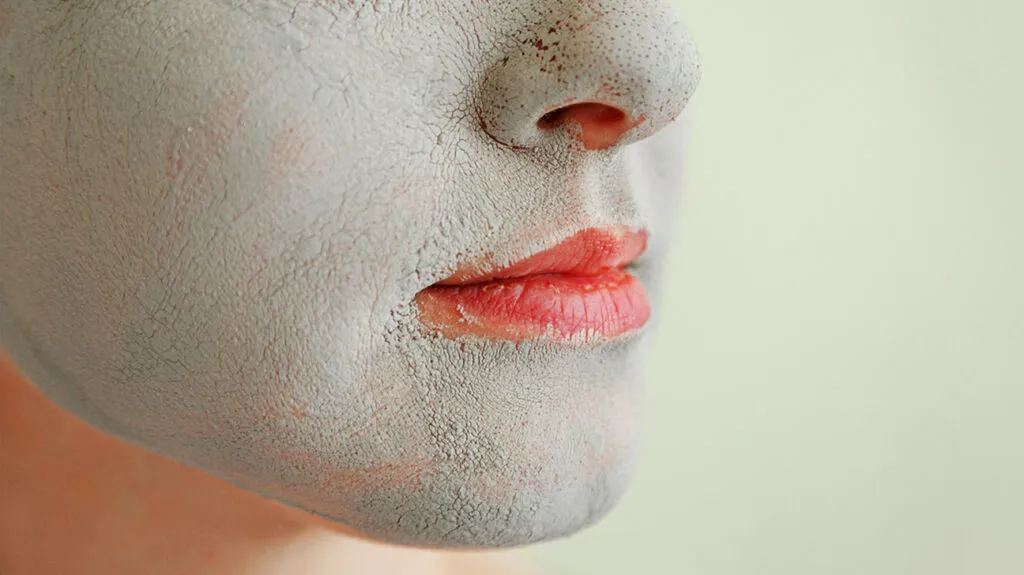Skin aging is a complex process that involves dramatic and profound changes in every pore and skin shape, as well as its chemistry. It is a natural consequence of chronological aging (definitely aging) and is prolonged by external influences, including excessive UV exposure from sun exposure, leading to photo aging.
- Chemical changes in pores and skin associated with photo aging include age spots (freckles or egg yolk, sun lens and actinic kurtosis), dryness of pores and skin, wrinkles, and skin elasticity, softness, smoothness, and a widespread lack of firmness. Similar changes can occur in older pores and skin (pores and skin not covered by UV) over time, but atrophy of pores and skin (thinning of pores and skin) ) plays a more important role.
- A decline in endogenous hormone (estrogen) levels at some point during menopause may also contribute to the aging process over time. Visually, it adds dullness to the pores and skin without any shine or shine. Makeup helps older women live their best lives by promoting the appearance of smoother, even pores and skin while enhancing their emotional well-being. As an example of focusing on, there is cosmetic therapy that is becoming common in hospitals and nursing homes.
- Nevertheless, clinical information about the physiological effects of make-up may be lost. There is a program by Look Good – Feel Better that is supported with the help of a cosmetics company that has helped many cancer patients. Lifestyle factors (e.g. habits, diet, smoking), disease (e.g. diabetes), and the effects of gravity further amplify age-related changes in appearance.
- What I learned intuitively is that applying the right make-up leads to revitalization. Skin hydration is important to target important enzymes to the pores and skin. Water is essential to keep the pores and skin looking beautiful. The stratum conium needs to maintain a hydration level above 10% to prevent it from becoming brittle and cracked.
- Insufficient moisture levels make pores and skin look dull and significantly less radiant: a problem for young and old alike.
- Flaking is a major symptom, especially skin lines (micro texture lines). Beyond brightens pores and complexion. Hydration is complemented by suppleness, conclusiveness and moisture retention. Sensitive pores and skin symptoms include tingling, burning, itching, redness, dryness, and “breakouts” such as age spots and pimples.
- Systemic health, psychology, and the structure of pores and skin all influence the perception of pores and skin sensitivity. The pores and skin barrier house contribute to the presence or absence of pores and skin sensitivity
An important factor
Different wavelengths of sunlight can cause specific problems for pores and skin. A little advertising is essential for vitamin D production and bone health, but the cumulative result of this UV advertising, whether it’s from the sun or a tanning booth, is the premature aging of the skin. Sunburn and sunburn irritation are the first visible reactions of pores and skin exposed to UV rays. Hidden reactions include epidermal hyperplasia and suppression of the coetaneous immune system. When customers use sunscreen, they routinely use too little or don’t apply the product correctly.
If used as intended
Re apply liberally every hour or after swimming. Sunscreen is an eco-friendly and convenient personal care product. Sit on the floor to create a barrier that prevents your skin from drying out. Alpha hydroxyl acids or abrasives help slough off the scaly outer layer and smoothen pores and skin. Moisturizers containing hyaluronic acid, urea, or glycerol attract water and plump the outer layer of skin. You can use these products no longer affect the internal shape and characteristics of the frame, so they can be beautiful and no longer need prescription drugs to meet their needs.
